Physical Address
304 North Cardinal St.
Dorchester Center, MA 02124
Physical Address
304 North Cardinal St.
Dorchester Center, MA 02124
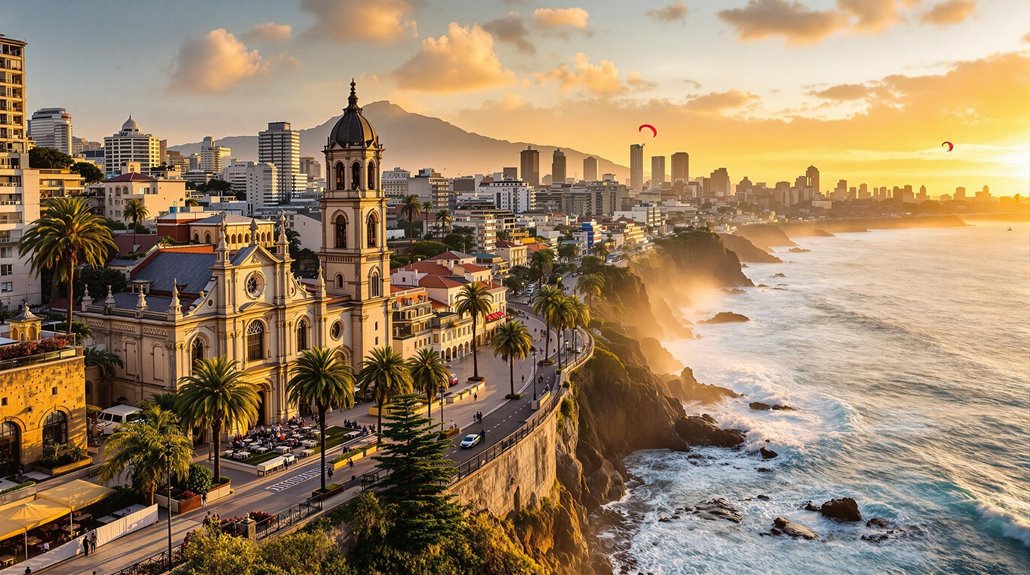
Whether you're seeking ancient ruins or culinary delights, Lima's sprawling metropolis holds secrets waiting to be uncovered.
You will discover Lima both intriguing and overwhelming at first glance. Peru's capital offers endless layers of experiences, from pre-colonial ruins to world-class restaurants, but knowing where to start makes all the difference. Whether you're planning a quick stopover or a week-long stay, you'll need practical strategies to navigate this sprawling metropolis of 10 million people. Let's break down everything you need to know about timing, transportation, accommodation, and essential experiences in Lima.
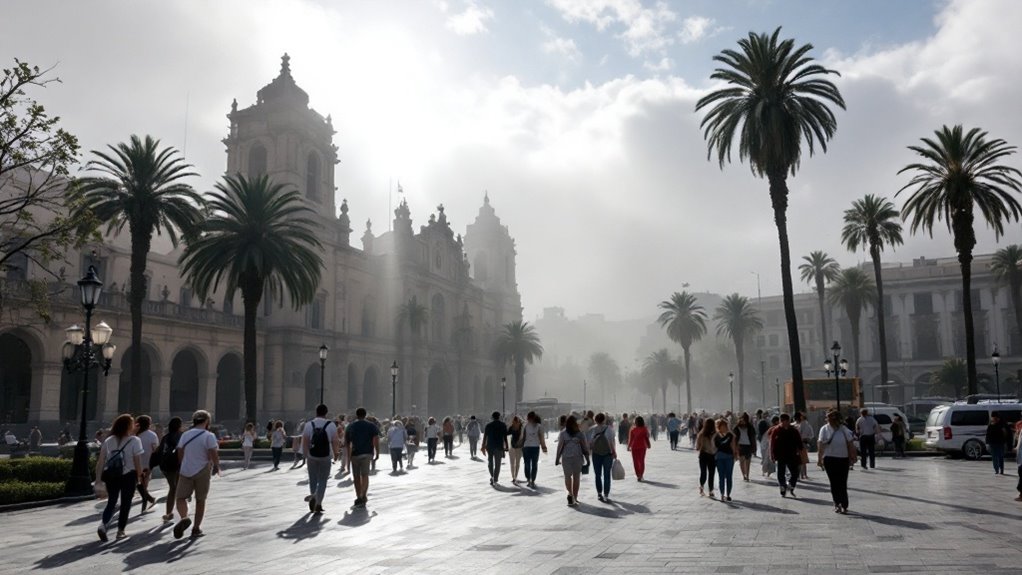
While Lima's weather remains relatively mild year-round, the best time to visit depends largely on your tolerance for humidity and budget constraints.
You'll discover the warmest temperatures from December to March, peaking at 24.3°C in February, but expect higher humidity and crowded beaches during this summer period. Local cevicherias see their highest patronage as residents flock to enjoy fresh summer seafood.
For the best value, plan your trip during May or November. These shoulder months offer pleasant temperatures around 18-22°C and fewer travelers, resulting in lower accommodation rates.
If you're heading to Machu Picchu, note that June through August brings peak season prices despite the winter fog (garúa) and limited sunshine in Lima.
Consider September-November for a sweet spot of mild weather, manageable crowds, and easier restaurant bookings, plus you might catch the famous Mistura food festival in September.
Although Lima's public transportation system can seem overwhelming at first, you'll discover several efficient and budget-friendly options to navigate the city. Your safest and most reliable choices are the Metropolitano BRT system and Metro Line 1, which connect major districts through dedicated lanes and fixed stations.
Lima's modern Metropolitano and Metro Line 1 offer visitors safe, reliable transport through the sprawling Peruvian capital.
For getting around Lima effectively and safely:
When using public transport, keep valuables concealed and prefer daytime travel, especially in unfamiliar areas. Be prepared for extended travel times, as the average commute time is 95 minutes during weekdays.
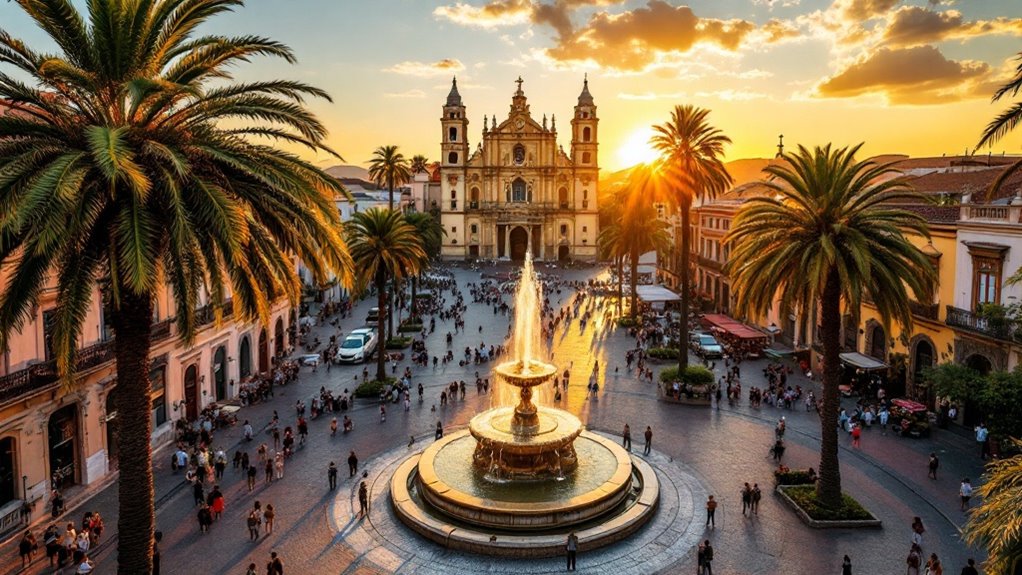
Now that you can navigate Lima confidently, let's explore the city's rich historical heritage.
Start at Plaza de Armas, the historic heart of Lima, where you'll discover the stunning Cathedral and Presidential Palace in one central location. Watch the impressive changing of the guard at the Presidential Palace daily from 11:45 AM to 12:15 PM.
Don't miss the San Francisco Monastery and its haunting catacombs, a demonstration of colonial-era architecture and history.
The pre-Inca adobe pyramid Huaca Pucllana offers a glimpse into ancient Peru, while the well-preserved Casa de Aliaga showcases how Lima's elite lived during colonial times.
For culture, visit the renowned Museo Larco and MALI (Lima Art Museum).
The bohemian Barranco district, with its colorful architecture and Bridge of Sighs, perfectly rounds out your historical tour with a more artistic, contemporary feel.
Choosing the right neighborhood in Lima can make or break your first visit to Peru's bustling capital. Each district offers a distinct vibe and experience, but some areas stand out as ideal bases for first-timers.
Miraflores remains the top choice for its safety, coastal location, and abundance of tourist amenities. From here, visitors can enjoy miles of paved pathways perfect for scenic walks and bike rides along the ocean.
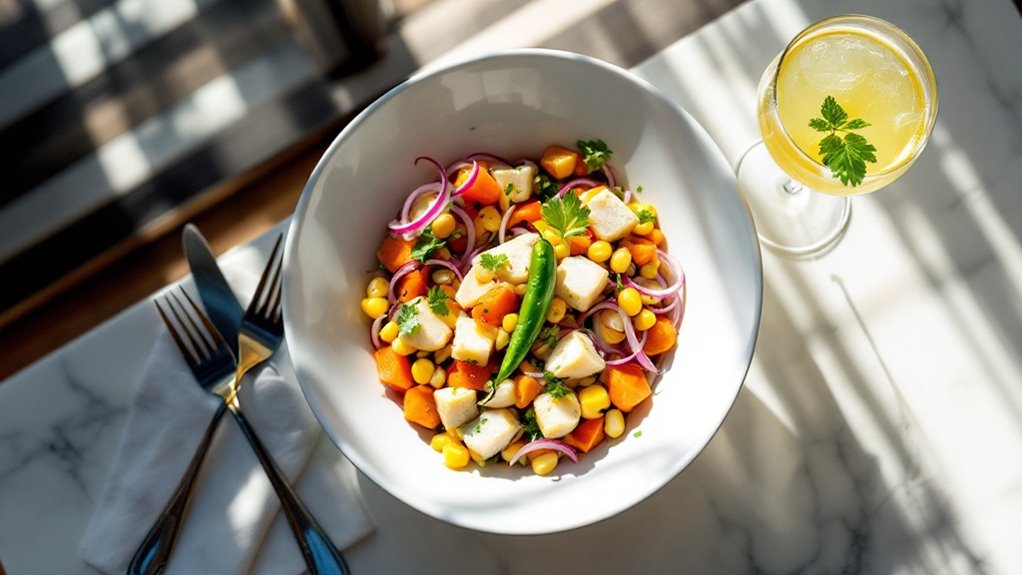
While Lima's food scene can feel overwhelming, focusing on a mix of street food, local markets, and select restaurants will give you the best taste of Peru's capital without breaking the bank.
Start with must-try classics: sample fresh ceviche at La Mar or more affordable Punto Azul, grab anticuchos from street vendors near Gamarra Market, and try causa at Surquillo Market's food stalls. Peru's national pride pisco sour cocktails originated in Lima in the 1920s and are available at most restaurants.
For a memorable splurge, book one meal at either Maido or Central – both offer world-class tasting menus showcasing Peru's diverse ingredients.
Don't miss the city's unique fusion cuisines: try Chifa (Chinese-Peruvian) at Wa Lok or Nikkei (Japanese-Peruvian) at more casual spots in Miraflores.
Consider joining a daytime food tour to efficiently explore markets and learn about local ingredients while staying within budget.
After experiencing Lima's incredible food scene, you'll need to handle your money wisely to make the most of your budget.
The Peruvian Sol (PEN) trades at roughly 3.80-4.07 per USD, and while you can use credit cards in urban areas, cash is king for local markets and transportation. Thanks to Peru's low inflation rate, the sol has remained one of the most stable currencies in South America.
Get the best exchange rates at casas de cambio instead of airports or hotels, and always carry small bills for daily transactions.
When using ATMs, stick to bank-owned machines from BBVA or BCP to minimize fees.
Essential money tips for Lima:
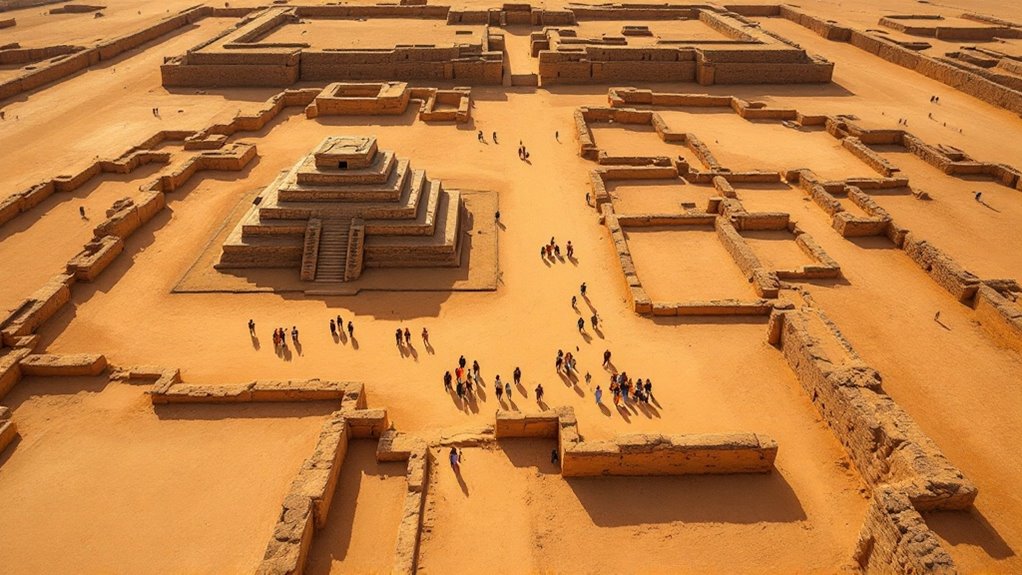
Beyond Lima's bustling streets lie fascinating destinations perfect for day trips that won't break your budget.
Explore ancient ruins at Pachacamac, just an hour away, where pre-Columbian temples reveal Peru's rich history.
Head to the Palomino Islands to spot playful sea lions and penguins in their natural habitat. These islands, located just 9 miles offshore, are easily accessible via a short boat ride from Callao port.
For adventure seekers, Santa Eulalia offers excellent rock climbing and hiking trails, while Huacachina's massive sand dunes beckon with thrilling sandboarding opportunities.
Nature enthusiasts can discover the coastal wildlife at Paracas National Reserve or trek through Lomas de Lucumo's rolling green hills.
Don't miss the impressive Castillo de Chancay, a castle perched dramatically above the sea.
Each destination is accessible by public transport or organized tours, making these excursions both convenient and memorable.
You will discover Lima's charm in its mix of historic grandeur and modern energy. Pack layers for the coastal weather, keep small bills handy for taxis, and don't miss the free walking tours in the historic center. Stay in Miraflores or Barranco to maximize safety and convenience. Whether you're sampling street food or exploring ancient sites, Lima offers incredible value for budget-conscious travelers.